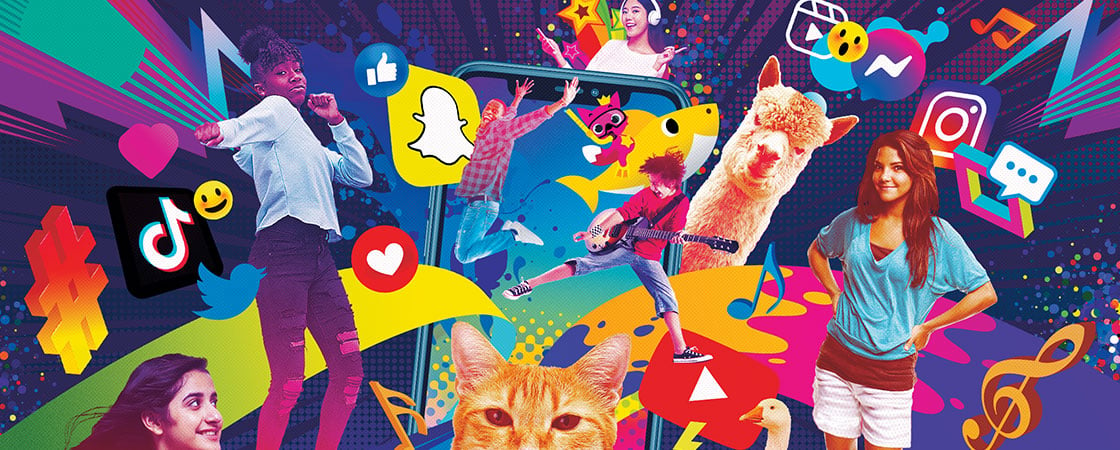But going viral isn’t only about how content makes us feel. It also has to do with something called an algorithm. An algorithm is a set of instructions that tell a computer what to do. Social media platforms all use algorithms to organize the content that people post. The main goal of these algorithms is to serve users with the posts that they most likely want to see and interact with.
For example, the “For You” page on TikTok is run by an algorithm. It analyzes what kinds of videos you’ve liked, commented on, or watched. If you often interact with cat videos, the algorithm is going to fill your “For You” page with cat videos.
On many platforms, content made by a person with a large following is pushed to the top of feeds. That’s because the algorithm “knows” that person creates posts lots of users want to see. This also means it can be even harder for people with small followings to get their content to go viral—even if that content is clever or creative or meaningful.
In this way, algorithms essentially control what we all see on social media.
So if you’ve ever created a video or meme that hasn’t racked up lots of likes or shares, it doesn’t mean it wasn’t special. And does it really matter how many likes or views we get anyway? Social media started out as a space for people to connect with each other, to be creative, to have fun. So maybe we should be measuring our success by how much we laughed while trying to create a TikTok dance or whether we put a smile on a friend’s face.
In other words, perhaps in the end what really matters isn’t going viral at all.
* “What Makes Online Content Viral?” by Jonah Berger and Katherine L . Milkman, Journal of Marketing Research, 2011

